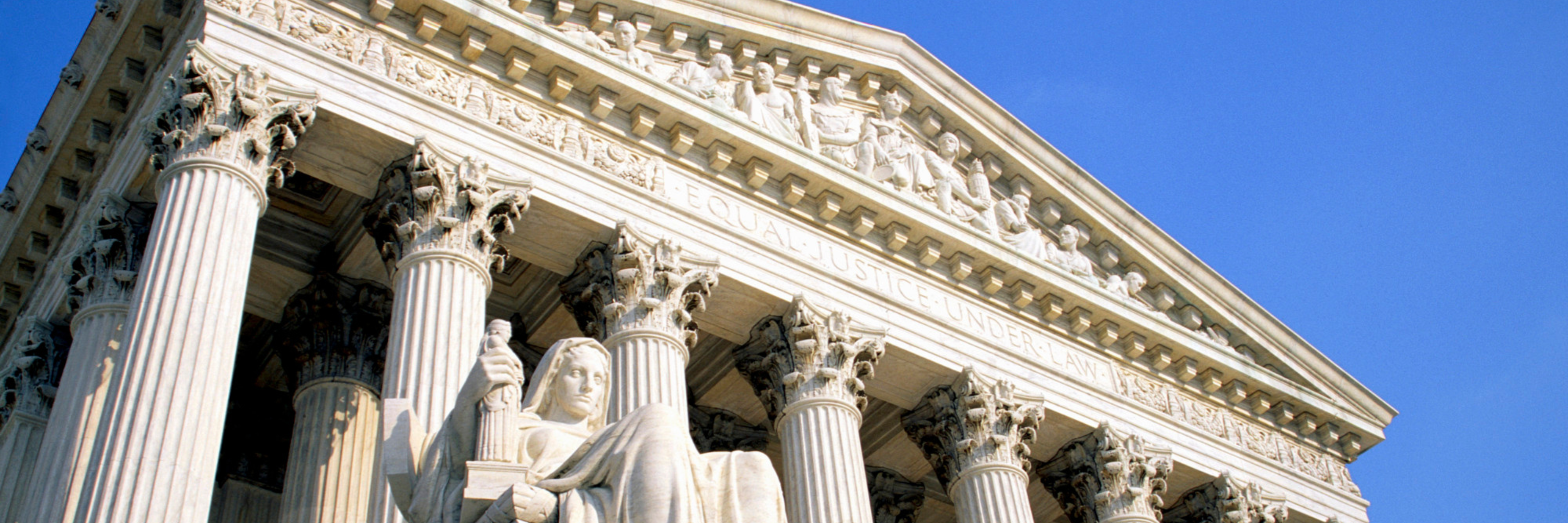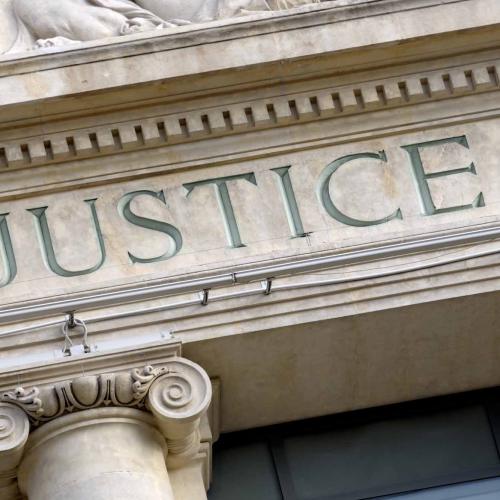The concept of a Brady violation originates from the landmark United States Supreme Court case Brady v. Maryland, 373 U.S. 83 (1963). A Brady violation occurs when the prosecution in a criminal case fails to disclose evidence that is favorable to the defense. This type of evidence, which could potentially exonerate the defendant or reduce their punishment, is known as "exculpatory evidence." The failure to disclose such evidence violates the defendant's right to due process under the Fourteenth Amendment of the U.S. Constitution.
The Background of Brady v. Maryland
To fully understand what constitutes a Brady violation, it is essential to explore the case of Brady v. Maryland itself. John Leo Brady and a companion, Charles Boblit, were convicted of first-degree murder in the state of Maryland. During the trial, Brady admitted his involvement in the crime but argued that Boblit was the one who actually committed the murder. Brady's defense requested access to Boblit's statements, but the prosecution withheld one crucial statement in which Boblit confessed to the murder.
Although Brady was convicted and sentenced to death, his legal team discovered the withheld confession during post-trial proceedings. Brady appealed, arguing that the suppression of this exculpatory evidence violated his constitutional rights. The U.S. Supreme Court ultimately agreed with Brady, ruling that the suppression of evidence favorable to the defendant by the prosecution violates the Due Process Clause of the Fourteenth Amendment. This ruling laid the groundwork for what is now known as a "Brady violation."
Elements of a Brady Violation
For a defendant to successfully claim a Brady violation, three essential elements must be present:
Suppression by the Prosecution
The first element requires that the prosecution either intentionally or inadvertently withhold evidence. This suppression can occur in various ways, such as failing to disclose a police report, witness statements, forensic evidence, or other materials that could be advantageous to the defense. The duty to disclose applies not only to the prosecution team but also to law enforcement agencies working on the case.
Favorable to the Defense
The suppressed evidence must be favorable to the defendant, meaning that it could help exonerate the defendant, reduce the severity of the charges, or diminish the credibility of the prosecution's witnesses. Favorable evidence can be either exculpatory, directly pointing to the defendant's innocence, or impeachment evidence, which challenges the credibility of the prosecution's evidence or witnesses.
Materiality
The final element of a Brady violation is materiality. The suppressed evidence must be material to the case, meaning that there is a reasonable probability that, had the evidence been disclosed, the outcome of the trial would have been different. Materiality does not require that the suppressed evidence conclusively prove the defendant's innocence; rather, it must simply be significant enough that its absence undermines confidence in the verdict.
The question is not whether the defendant would more likely than not have received a different verdict with the evidence, but whether in its absence he received a fair trial, understood as a trial resulting in a verdict worthy of confidence. – Kyles v. Whitley, 514 U.S. 419 (1995)
Types of Brady Violations
Brady violations can manifest in several ways, reflecting the various types of evidence that may be suppressed. The following are the most common types of Brady violations:
Failure to Disclose Exculpatory Evidence
This is the most straightforward type of Brady violation. If the prosecution has evidence that directly exonerates the defendant or significantly undermines the prosecution's case, and they fail to disclose it, this constitutes a Brady violation. An example could be DNA evidence that excludes the defendant as the perpetrator of the crime.
Failure to Disclose Impeachment Evidence
Impeachment evidence is evidence that can be used to challenge the credibility of a prosecution witness. For instance, if a key witness has a history of perjury, or if there are inconsistencies in the witness's statements, this information must be disclosed to the defense. The suppression of such evidence, which could lead to the discrediting of a witness's testimony, is a Brady violation.
Failure to Preserve Evidence
In some cases, evidence may be lost or destroyed, whether intentionally or negligently. If the lost evidence was potentially exculpatory, this could also be considered a Brady violation. However, courts often analyze these situations under the Arizona v. Youngblood (1988) standard, which requires showing bad faith on the part of the prosecution or law enforcement.
Failure to Disclose Evidence Affecting Sentencing
Brady violations are not limited to the guilt phase of a trial; they can also occur during sentencing. For example, if the prosecution withholds evidence that could lead to a lesser sentence, such as mitigating circumstances or information that reduces the perceived seriousness of the crime, this would also constitute a Brady violation.
Consequences of a Brady Violation
The consequences of a Brady violation can be significant, both for the defendant and the prosecution. When a Brady violation is established, it can result in various outcomes depending on the stage of the case and the severity of the violation.
Reversal of Conviction
If a court determines that a Brady violation occurred and that the suppressed evidence was material to the case, the defendant's conviction may be overturned. The case may be remanded for a new trial, where the previously suppressed evidence must be disclosed.
Sentencing Relief
In cases where a Brady violation affects sentencing, the defendant may be granted a new sentencing hearing. This is especially relevant if the suppressed evidence could have influenced the original sentence, potentially leading to a reduced sentence upon reconsideration.
Dismissal of Charges
In extreme cases, where the prosecution's conduct is particularly egregious, a court may dismiss the charges against the defendant entirely. This outcome is rare but can occur if the court finds that the Brady violation has irreparably damaged the fairness of the trial process.
Sanctions Against Prosecutors
Brady violations can also lead to professional sanctions against prosecutors who engage in misconduct. This may include disciplinary action by the state bar, suspension, or even disbarment in severe cases. Additionally, prosecutors may face civil liability if their actions are found to have violated the defendant's civil rights.
Notable Cases Involving Brady Violations
Several high-profile cases have highlighted the impact of Brady violations on the criminal justice system. These cases demonstrate the serious implications of suppressing exculpatory evidence:
Kyles v. Whitley (1995)
In this case, Curtis Kyles was convicted of murder and sentenced to death. It was later revealed that the prosecution had suppressed multiple pieces of evidence that could have exonerated him or at least cast significant doubt on his guilt. The U.S. Supreme Court overturned Kyles' conviction, emphasizing the importance of disclosing all favorable evidence to the defense.
United States v. Bagley (1985)
In Bagley, the Supreme Court held that the prosecution's failure to disclose impeachment evidence related to government witnesses constituted a Brady violation. The case established that impeachment evidence, like exculpatory evidence, must be disclosed if it is material to the outcome of the trial.
Strickler v. Greene (1999)
This case involved the conviction of David Lee Strickler, who was sentenced to death for murder. The prosecution failed to disclose key witness statements that could have been used to impeach the credibility of a crucial witness. The Supreme Court ruled that the suppression of this evidence constituted a Brady violation, though it did not overturn Strickler's conviction due to a lack of materiality.
Challenges in Proving a Brady Violation
Despite the clear legal standards established by Brady and its progeny, proving a Brady violation can be challenging for defendants. Some of the obstacles include:
Identifying Suppressed Evidence
One of the primary challenges is that the defense may not even be aware that evidence has been suppressed. The prosecution has exclusive control over its files, and unless the defense learns of the existence of suppressed evidence through other means, they may never know about the Brady violation.
Establishing Materiality
Even if the defense discovers that evidence was suppressed, they must still prove that the evidence was material to the outcome of the trial. This often requires a detailed analysis of how the suppressed evidence could have affected the jury's decision, which can be a complex and speculative endeavor.
Prosecutorial Immunity
Prosecutors enjoy broad immunity from civil liability for actions taken in the course of their official duties. This immunity can make it difficult to hold prosecutors accountable for Brady violations, even in cases of egregious misconduct.
Brady violations represent a serious breach of a defendant's constitutional rights, with the potential to undermine the fairness and integrity of the criminal justice system. The Supreme Court's ruling in Brady v. Maryland established a critical precedent that requires the prosecution to disclose any evidence favorable to the defense, whether exculpatory or impeaching. However, despite the legal protections afforded by Brady and its progeny, challenges remain in ensuring that all defendants receive a fair trial. Understanding what constitutes a Brady violation and the potential consequences is essential for both legal practitioners and defendants alike, as it underscores the importance of transparency and fairness in the pursuit of justice.




